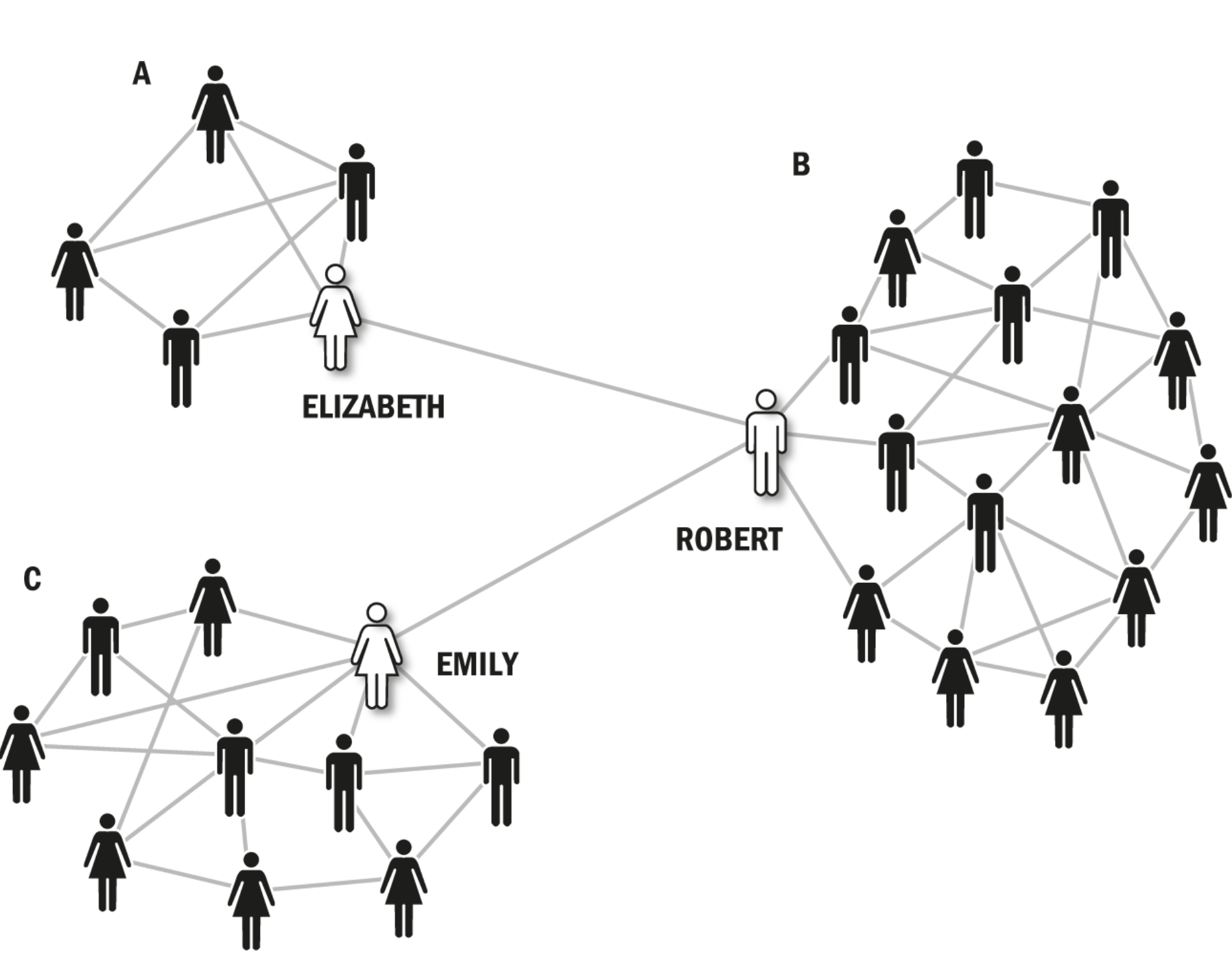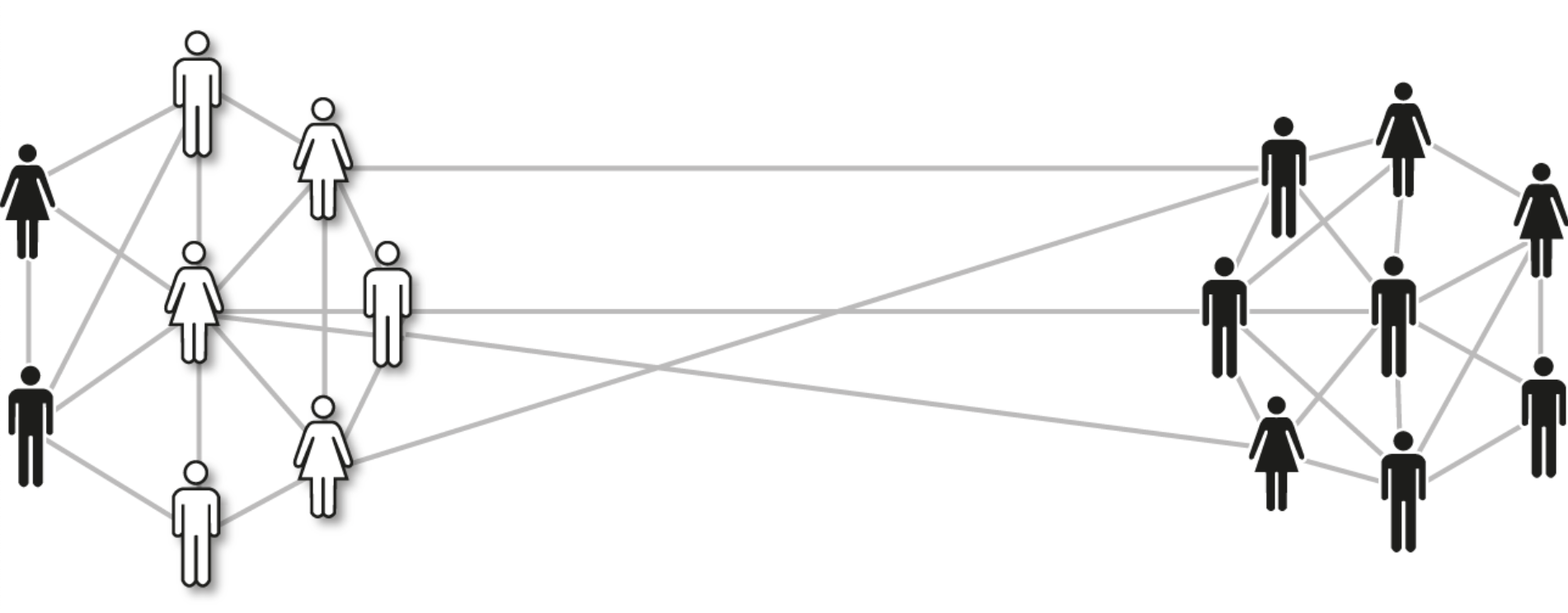
Can an understanding of networks dynamics help lead more successful transformations? It’s clear that digital disruption speeds up change. As we change more frequently, risk of failure increases. Clever organisations are asking themselves existential questions to prosper. Businesses want to know, “if my organisation is not coping well with current demands to transform and adapt, how can we increase our change capabilities for the complex and dynamic times we are moving towards?”
From frequent to perpetual and ongoing state of change
Leadership across all industries know driving successful transformation is challenging. McKinsey reports that up to 70% of transformation projects fail or underdeliver. Digital disruption has raised the bar significantly when it comes to the need (drivers), ability (tools), and speed to adapt. What is missing is capability (know-how and buy-in). Innovative behaviour adoption is no longer limited to project work, iteration is a constant in the modern workplace. Change capability is no longer the remit of consulting firms with specialised knowledge to reduce disruption and make innovative behaviours stick. The digitally disrupted world requires the exact opposite, that change capability become an ongoing and perpetual state, driven internally by installed capacity rather than outsourced.
There is no silver bullet I can give you to make change stick, but I can share with you best practices backed by science and experience.
A case study in maturing and leveraging social networks
Today we have a case study in using social networks to drive the spread of new behaviour and make it stick; let’s call it Alpha project. A large site of a fortune 500 resources company was challenged with the need to automate health and safety business-critical process. Impacting every employee of the company (nearly 3000) in different locations, the objective was to reduce the response time between near-miss data being captured, analysed, solutions delivered and accepted by the frontline workforce. This project took a year and successfully automated this business-critical process with strong degree of business alignment and support at all levels of the organisation. You may assume this result was delivered by a large team of consultants driving the transformation. The answer is different: a very lean advisor structure provided the strategy and guided the work of internal teams who created the business alignment, taking ownership and developing a transformation approach that was adopted as a benchmark.
Innovating methods customised for the digital world
Why was it successful? This project didn’t rely on traditional change models of driving communications to get people ready, training them and rolling out a change. Conventional approaches to change and transformation follow a simple contagion method, where messages and information spread rapidly through a network like a virus. This is only effective for simple organisational changes and simple message adoption that are easy to sell. Digital transformation requires us to think a different way. Instead of adapting your teams current work, we must reinvent how approach change to make sure we leverage the full potential of new technologies. We need complex contagion.
So, how do you build complex contagion? In Alpha project we focussed on:
- a strong alignment and consultation across all levels of the company
- empowered cross-functional teams who led the work identifying bottlenecks and barriers within their teams
- a communication and upskilling strategy developed by providing a voice to stakeholders rather than achieving diffusion of a direction.
Use viral spread for simple ideas

Simple contagion (viral spread is the key for diffusion of new ideas) relies on weak ties and narrow and long bridges. Weak ties are people you barely know, the executive who flies in from overseas, or the head of a technical unit. Used strategically, they are useful in spreading new ideas (utilising network brokers across the organisation as in the above image). The result is, that through simple exposure, the new idea goes viral and spreads around. Narrow bridges refer to the connections in a population: a narrow and long connection is similar to spreading the idea between a senior accountant and your CTO, who know each other through a project two years ago but haven’t spoken since. These two are the brokers of the network. Other people’s tenuous connections feed and criss-cross this long and narrow information and adoption bridge. The idea simple idea gets adopted by repetition and quick spread.
Complex contagion is key for technological adoption and behavioural change

Complex contagion works because it explains how technological innovation and behavioural change is actually adopted. It relies on strong ties and wide and short bridges. Strong ties are your close friends and connections, those that you trust and people you would follow for any important adoption. The people you see most weeks, the people you chat with and work with regularly. Strong and wide bridges connect two different groups of people with multiple contact points (redundancy, as shown in the above image). They reduce the risk of a single broker and facilitate the scrutiny and validation of complex ideas within a peer network, leading to higher adoption rates. This is why a complex contagion approach is appropriate. When faced with a significant new adoption, people participate better when other people we trust are already adopting the behaviour. When my whole network and groups of peers is on board with an adoption, I feel safer in making the change because I know it will stick, therefore adopting it becomes more valuable for me.
Some of the key components we designed for the Alpha project were:
- identify, map and reinforce strong ties across the organisation.
- consultation workshops and leadership alignment helped to create focus as well as broad participation.
- at the same time, these workshops helped the exchange across business units of what was working and what needed improvement.
- responsibility was allocated to a grass-roots transformation network
- people in the field relied on trustworthy feedback passed on from team members with credibility.
In this way we created the multiple reinforcement required for complex contagion. As a result, the usual challenges in transformation projects such as high business disruption, passive change compliance, poor upskilling results, and limited benefits realisation were reduced significantly. Alpha’s approach was adopted as a benchmark for this company.
We can increase speed of change with effective and mature networks
Today the pace required for organisations to transform themselves has a much higher tempo. But rest assured, cross-functional work is one of the keys to building the organisational resilience and adaptability needed in modern workplaces. We will continue exploring these themes in future briefings, look forward to sharing more with you and thanks for reading.

References
- J. Ugander, L. Backstrom, C. Marlow, “Structural Diversity in Social Contagion” (PNAS, accessed on 13thApril 2020, https://www.pnas.org/content/109/16/5962)
- D. Centola, “The Truth About Behavioural Change” (MIT Sloan Management Review, Spring 2020).
- D. Centola, “How Behaviour Spreads”, Figure 7.2, Information Brokers Bridging Structural Holes, and Figure 7.7, Seed Neighbourhood in the wide-bridges network (Princeton University Press, 2018)
- M. Bucy, A. Finlayson, G. Kelly, “The ‘How’ of Transformation” (McKinsey & Company, 2016).

